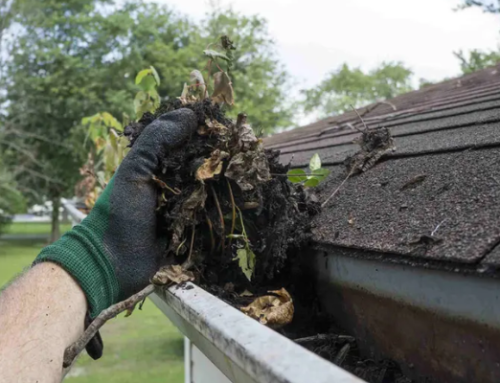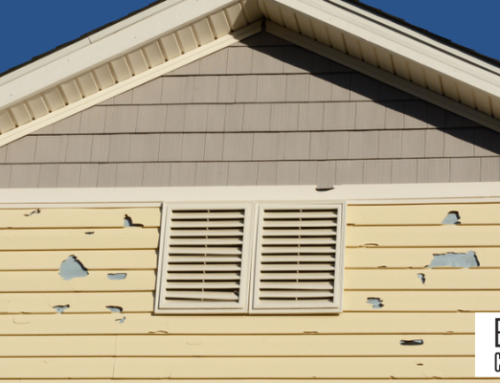Homeowners in Minnesota are familiar with ice dams forming on their roofs. The ice is normally seen in huge amounts, gathering along the boundary of a roofline that covers a home. The icicles may look nice on the roof, almost like a harmless formation, but they can cause damage to your home’s roof and/or people/things below it.
Leaving ice dams on your roof can destroy its structure by gradually wreaking havoc on the shingles, leading to deteriorating roof decks and leaky roofs. Homeowners who live in cold climate environments should be watchful of ice dams on their roofs to avoid such disasters.
If your area is snowy, you can prevent ice dams from causing damage by being observant about how they form and also practicing a few tips to help prevent them.
How Roof Ice Dams Form

It is important to understand how ice dams form on a roof as it helps in preventing them from happening. If your roof is covered in snow, it will be bad for your roof if it suddenly begins to melt and trickle toward the edge of that roof.
Although ice is formed during cold weather conditions, the heat generated inside your attic and home cause the lowermost surface of the snow to run off in liquid. When the snow melts away, it trickles away from the heat of your home. Once this happens, the melted snow refreezes at the edge of the roof and becomes an icicle. Gradually, the ice buildup can form an ice dam which will cause damage to your roof and lead to further damage to your home.
Anytime the ice dam melts away, there is a small pool of water that makes its way under your shingles. Water sneaks into your roof deck and can definitely cause the deterioration of the wooden deck!
Don’t ignore ice dams.
Tips To Prevent Roof Ice Dams
Ideally you should not have ice dams forming on your roof at all. Here are some tips to prevent them…
Clear Out Snow On The Roof And In Gutters

Minnesota is known for a lot of snow in the winter. Homeowners should consider clearing snow off their roofs and out of their gutters. While some people choose to do this job themselves, it’s best to call a professional who has the right knowledge and tools to get rid of excess snow without damaging things such as shingles.
Water And Ice Barriers
Roof underlayment is important, and it is normally installed on top of the roof deck beneath the shingles. Homeowners living in a low-temperature area, where it is likely to snow from time to time, should use a water and ice barrier while also using the underlayment.
The water and ice barrier may not stop the formation of ice dams but it causes a boundary beyond water damage in case of ice dam formation on the roof.
Also, when water trickles toward the edge of the roof, the water and ice barrier underlying below the shingles can stop the water from making its way into the roof deck. Even if there is damage, only your shingles will need to be replaced and not the deck of your roof.
Well-Insulated Attic
If your house or attic is insulated, it can help in the prevention of ice dams forming on your roof. A well-insulated attic can stop heat from leaving the inside area of your house.
Well-Ventilated Attic
While insulation of your attic is important, it should also be ventilated. A well-ventilated attic causes heat to leave and both the outside and inside temperatures remain the same.
You can inspect your attic to know if it is well-ventilated. If your ventilation area is too stuffy or warm, use more than one vent. A highly skilled roofing professional can help you with this.
Conclusion
As a homeowner, protecting your home should be your priority, especially if you are living in an area that gets snow and ice in the winter. Try to prevent ice dams by clearing off the snow, checking if your insulation and ventilation are in good shape, and utilizing water and ice barriers.
You can contact highly skilled roofing professional to help you fix any roof problem caused by snowfall and/or ice. Born Carpentry of Andover, MN, can help with roof issues– call 612-747-8003 for info.






